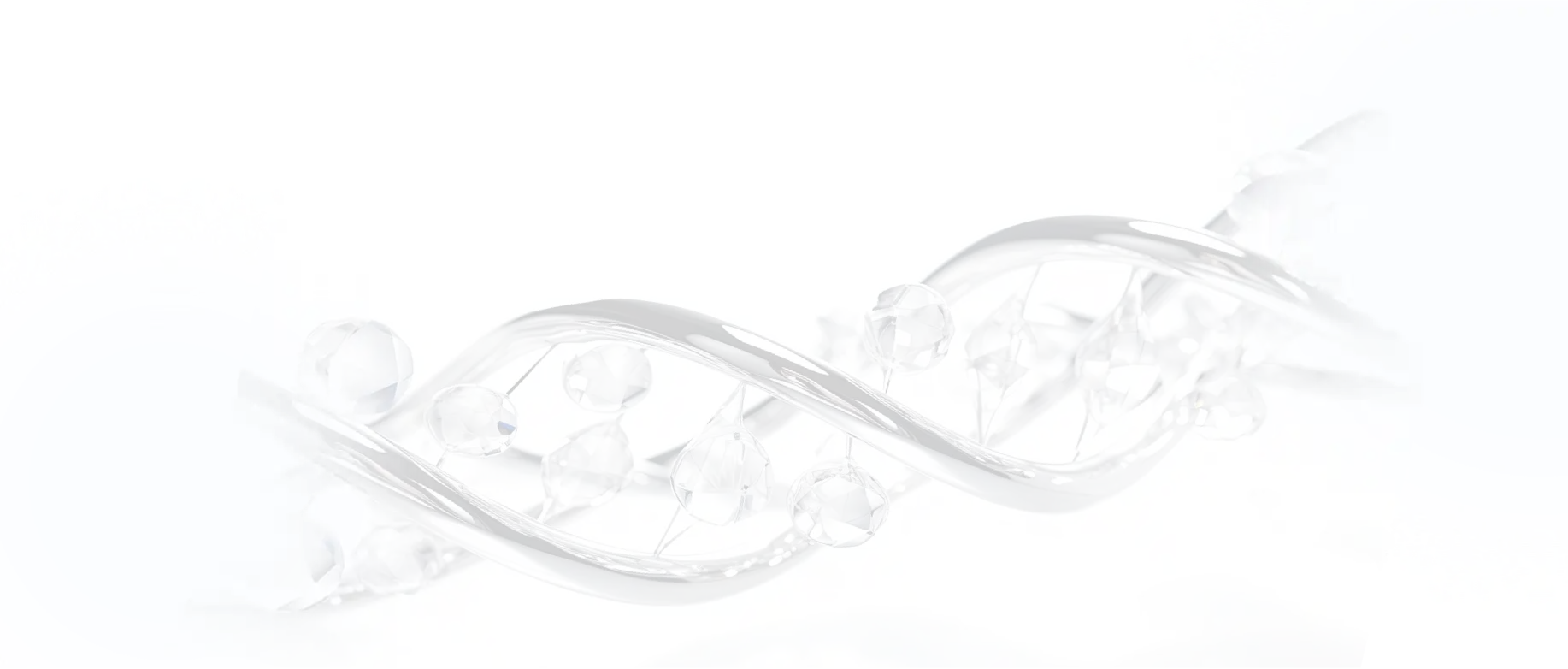Anti-Hypertension Compound Library
Catalog No. L7110
Hypertension (hypertension) is a clinical syndrome characterized by increased arterial blood pressure (systolic and/or diastolic) in the body circulation (systolic blood pressure ≥ 140 mm Hg and diastolic blood pressure ≥ 90 mm Hg), often accompanied by clinical syndromes including metabolic disorders of fat and glucose, functional or organic changes in the heart, brain, kidney, and retina. Hypertension is the most common chronic disease and is the most important risk factor for cardiovascular and cerebrovascular diseases. The results of several studies suggest that intervention of blood pressure, early prevention and treatment of hypertension can help reduce the risk of cardiovascular disease.
Drugs for the treatment of hypertension are divided into five main categories.
1. Angiotensin-converting enzyme inhibitor (ACEI): Their mechanism of action is mainly based on the inhibition of the angiotensin-converting enzyme so that the secretion of angiotensin, aldosterone and vasopressin is reduced. The reduction of these substances can cause a series of effects such as vasodilation, reduction of vascular peripheral resistance, increase of water and sodium discharge, and reduction of blood volume, thus bringing down blood pressure. In addition, ACEI drugs have the effect of blocking the hydrolysis of bradykinin, which can increase the concentration of bradykinin as well as the secretion of prostaglandins that effectively dilate blood vessels and lower blood pressure. Examples include Captopril, Enalapril, Fosinopril, Lisinopril, etc.
2. Angiotensin receptor antagonist (ARB): Their mechanism of action is similar to that of ACEI, which inhibits the secretion of angiotensin and lowers blood pressure. ARB drugs are widely favored because unlike ACEI drugs, they do not lead to hacking cough. Examples of ARB drugs include Valsartan, Losartan, Telmisartan, Irbesartan, etc.
3. β-receptor antagonist: Their Anti-hypertension mechanism is mainly based on the reduction of cardiac blood output, where the body produces an adaptive response, causing a reduction in peripheral vascular resistance and blood pressure. At the same time, the β-receptors are blocked, sympathetic nerve fiber nerve conduction is reduced, and the release of norepinephrine is decreased, thus the blood pressure is further decreased. Examples of β-receptor antagonist drugs include Atenolol, Metoprolol, Bisoprolol, Carvedilol, etc.
4. Calcium Chanel Blocker (CCB): They mainly prevent the transfer of calcium ions from extracellular to intracellular, so that the intracellular calcium ion concentration is reduced, thus reducing the contractility of cardiomyocytes, and also reducing the excitability of the sinoatrial node and the conduction of the atrioventricular node, achieving a decrease in blood pressure. In addition, CCB drugs have a powerful effect of dilating small arterial vessels. Examples of CCB drugs include nifedipine, amlodipine, etc.
5.diuretics: these drugs affect the kidney mainly by diuretic sodium excretion that reduces the extracellular volume and decreases peripheral vascular resistance. Therefore, the Anti-hypertension effect of this class of drugs is smooth and slow, with a relatively long duration. According to drug classification, there are thiazide diuretics such as hydrochlorothiazide, tab diuretics such as furosemide, and potassium-protective diuretics such as spironolactone.
TargetMol Anti-hypertension Compound Library is a collection of 678 hypertension-related small molecules, including compounds with Anti-hypertension effects and compounds that act on hypertension-related targets, that support your research or related drug screening.
All products from TargetMol are for Research Use Only. Not for Human or Veterinary or Therapeutic Use.
Resource Download
Library compound info
Excel
SDF
Contact us for more batch information Your shopping cart is currently empty
Your shopping cart is currently empty




